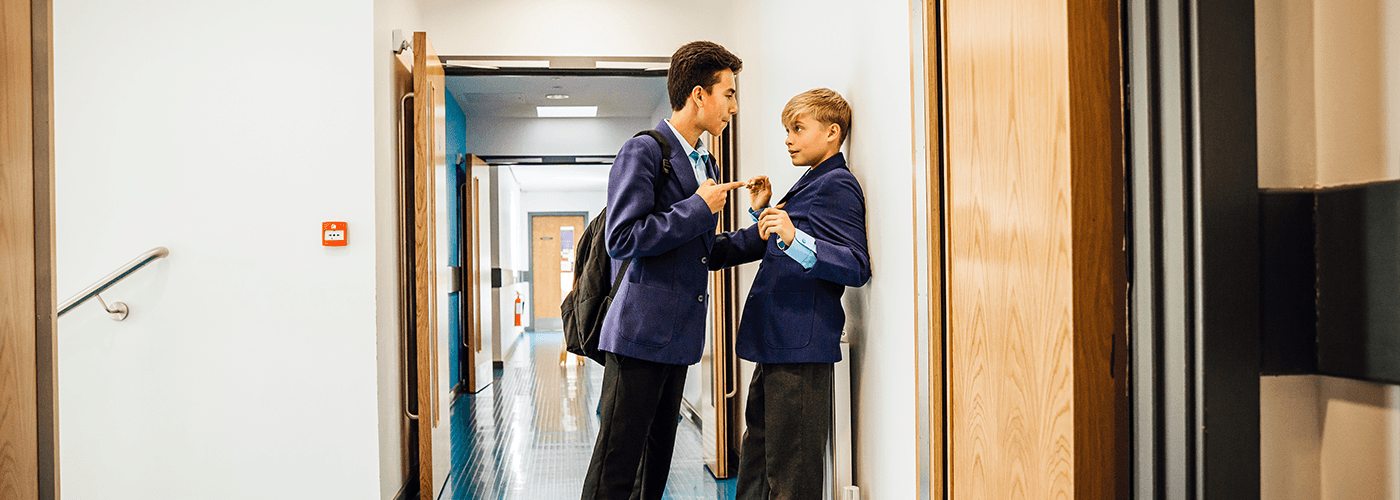Let's connect
Talk to us
Talk to an expert or book a demo. Our Digital Wellbeing experts are waiting to help.
Stay in touch
Sign up for our newsletter to get all the latest product information.

Substance abuse is a rising concern for private school leadership. With high profile media reports of student deaths and the risk to student under achievement, it is essential that schools successfully identify students at risk and tackle the issue head-on.
The September 2019 issue of Tatler highlights that in at least some private schools in Britain, “every exeat is one big MDMA, ketamine or coke-fuelled adventure, depending on your vice of choice.”
The article goes on to suggest that there are students taking class A drugs on a day to day basis within their private schools. Research carried out in America found that girls in private schools were three times more likely than less affluent peers to become addicted to drugs and alcohol later in life, and boys twice as likely in their early adult life.
There have been some media reports of top private schools expelling groups of students for drugs, but these stories are not likely to provide the full picture and details of any strategically ‘managed moves’ and discrete exclusions.
Drug taking is a challenging concern for school leadership and schools may vary in methods to approach the issue ranging from zero tolerance to reformative policies. Regardless of the approach, schools need to ensure they have stringent policies in place so that they can successfully tackle drug issues and avoid them becoming a wider school problem.
It can be difficult for school staff to identify students that are at risk if they’re unsure on the types of signs they should be looking out for. General signs that teachers should look for include:
Many of the above signs can often be misread for being normal teenage behaviour, and with teachers often seeing many students in a week, can easily go unnoticed.
Another way in which schools can identify signs and risk of substance abuse is by implementing a proactive digital monitoring solution. Proactive digital monitoring can identify when students are showing signs of risk and can trigger alerts that are sent straight to the school’s Designated safeguarding Lead (DSL) to make them aware of any concerns. Designed to monitor both keystrokes and screen views, it can inform the DSL when a user has tried to view or type harmful content.
An alarming recent addition to substance abuse in private schools is the suggestion of targeting students by County Lines gangs. Ofsted alongside other agencies, issued a warning last November that criminal gangs are targeting private school pupils to deal drugs, with affluent students perceived less likely to be caught. It is common for students to be enticed into County Lines by being offered high-value items in return for completing a drug exchange. Even after completing just one transaction, pupils could fall into the trap of gang exploitation as they fear personal threats and their initial misdemeanour being uncovered. This, although extremely intimidating in itself, can be even more terrifying for students living away from home during term-time.
Proactive digital monitoring is crucial for picking up concerns of substance abuse, exploitation and other common risk concerns in private schools. By detecting threatening messages or any internet searches that might be related to gang violence and drugs, the solution can raise an alert with a Designated Safeguarding Lead allowing them to intervene and provide support.
It is a vital component of a school network and similar to placing a crash mat underneath a high jump. Proactive digital monitoring must be in place in case a student should fall.
Talk to an expert or book a demo. Our Digital Wellbeing experts are waiting to help.
Sign up for our newsletter to get all the latest product information.